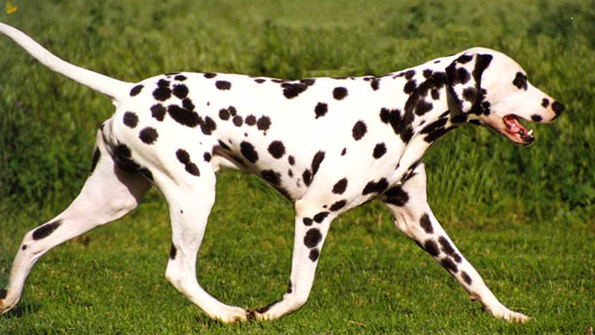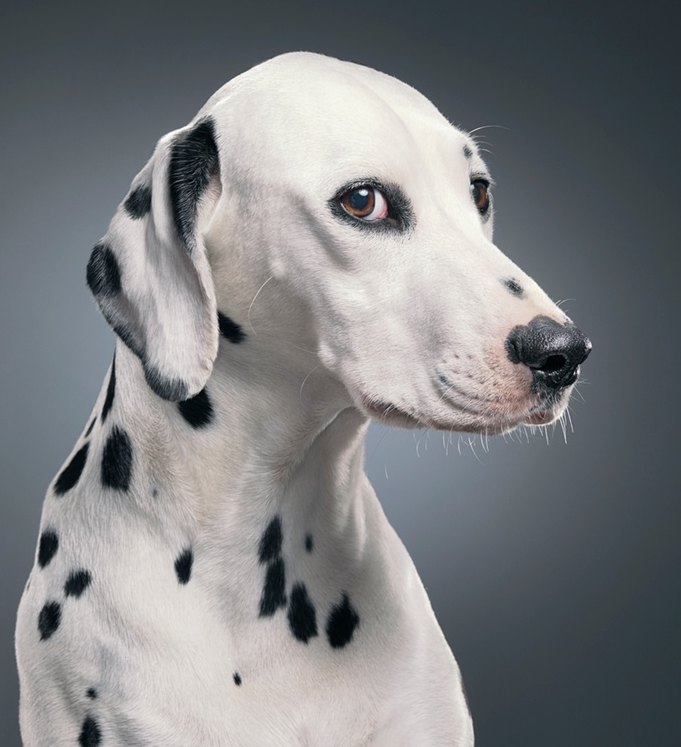While there are differing opinions on the origin of the Dalmatian, the International Kennel Club supports the claim that it was the former Yugoslavia. This dog is a very old breed, very similar to the Bengal Bojinda, which is well known in the former Yugoslavia, and they are closely related.

hallmark
The body is 50-60 centimeters tall and weighs 22.5-25 kilograms. The head is long, the muzzle is long and powerful, the nose is black or brown, the ears are soft pendant ears close to the head, the eyes are round and bright, and the tail is sword-like and never bends into a ring. The body hair is short, hard, dense, lubricated and shiny; it is pure white with black or liver-colored spots, which is why some people call it a “spotted dog”.
quality
This dog is agile, gentle, very loyal to its owner, easy to train, and has an intelligent expression. Likes to play with children, but appears melancholy when alone. It has an excellent memory and can still remember clearly the unpleasant things that have happened to it, even though many years have elapsed.
use
In medieval times, the dog was a hunting dog; in the 18th century, it became a dragging dog for labor; in the 19th century, it spread in England and gradually lost its hunting skills and became a companion dog. In keeping with the trend of the time, it was also often used as a superior “grooming dog”. After World War II, the dog began to grow in popularity in other European countries due to its excellent coat, and in the United States as a guard dog and companion. Whether the owner is on foot, on horseback, or in a carriage, the dog is always with him, and his loyalty to his master is so great that it has reached the level of coexistence and co-dependence. In recent years, its eye-catching black-and-white appearance has made it a favorite of the advertising world, frequently appearing in various communication media.

